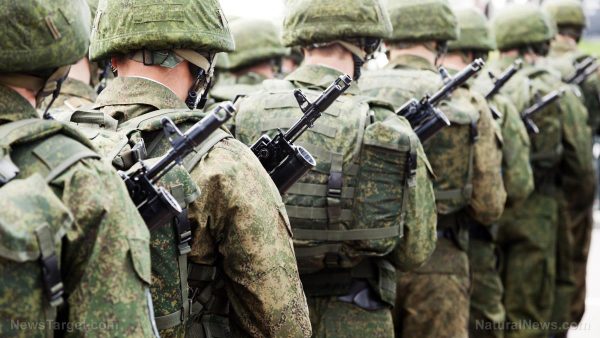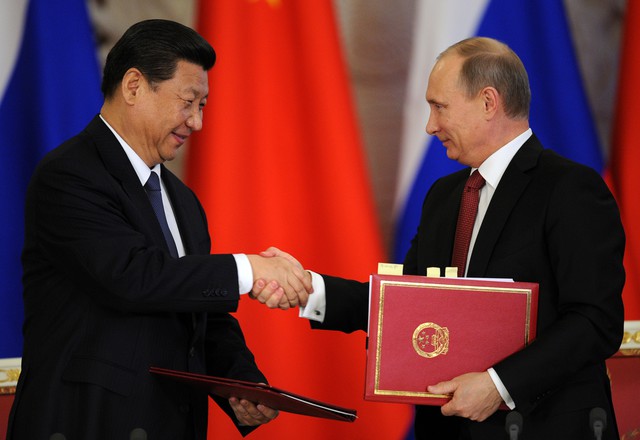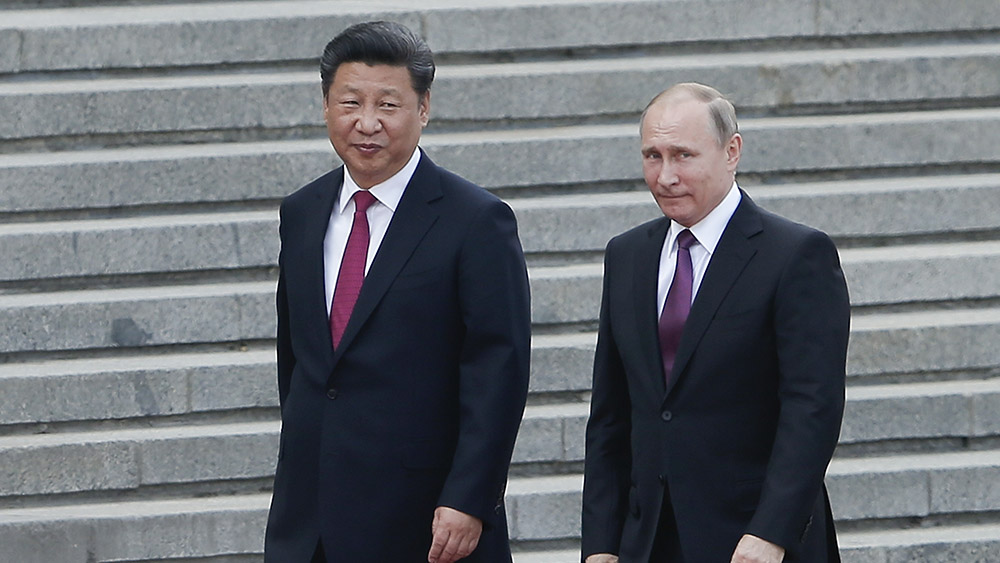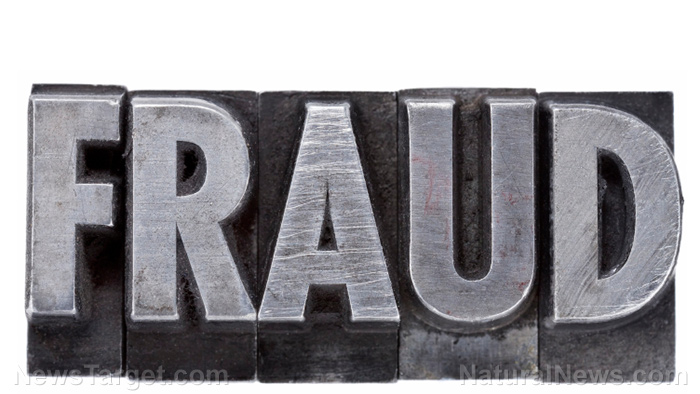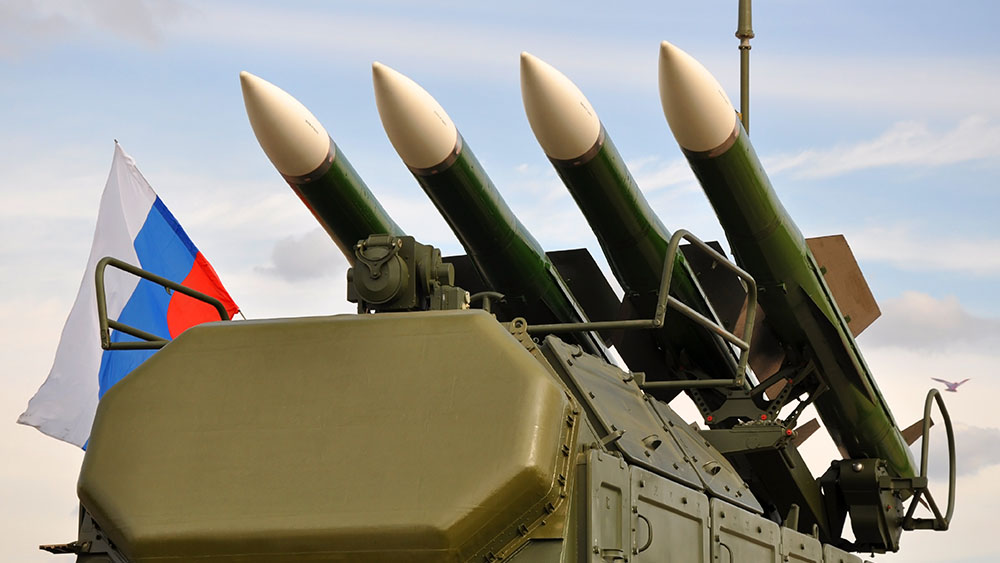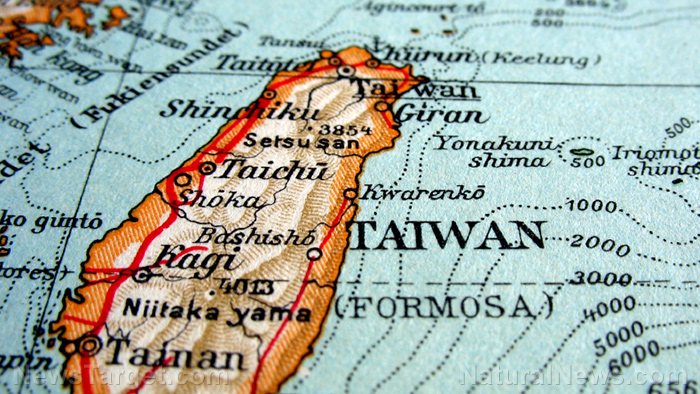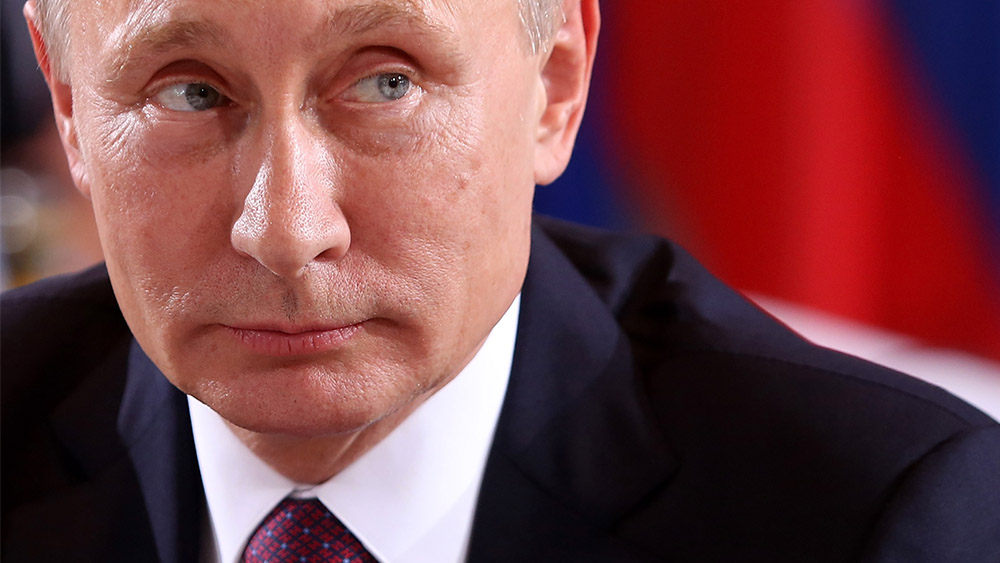
- Russia is aggressively upgrading Cold War Arctic bases and deploying advanced nuclear submarines capable of evading radar beneath Arctic ice. President Putin has emphasized this as a key military advantage over NATO. Large-scale drills (100,000+ troops) showcase Russia's readiness for potential warfare, raising global tensions.
- Russia operates 42 icebreakers, including eight nuclear-powered vessels like Arktika and Sibir. Five new nuclear icebreakers (e.g., Rossiya, 163K horsepower) are planned, ensuring year-round Arctic access and resource control.
- Ten percent of Russia's GDP comes from Arctic oil, gas and rare-earth mineral exports. The Northern Sea Route (NSR) could slash shipping times by 40 percent, but Russia may impose tariffs, threatening global trade autonomy.
- NATO warns of Russia's growing Arctic militarization, yet fails to match its icebreaker fleet. Despite Russia's call for "equal cooperation," experts suspect this is a facade to mask dependence on foreign tech investments.
- Hypersonic missiles and Arctic drones risk triggering WW3-esque conflict with NATO. The melting ice has turned the Arctic into a geopolitical battleground, with Russia leveraging militarization and resource exploitation for global dominance.
Arctic Showdown: The new Cold War frontier
Russia's military presence in the Arctic has been growing steadily. The country has organized large-scale military drills involving over 100,000 troops, alongside unannounced exercises that require the swift movement of thousands of soldiers with minimal warning. These drills serve as combat training and as a demonstration of force to the rest of the world. (Related: Russia building up massive military presence in Arctic with advanced secret weapons, occupying the “high ground” of planet Earth.) This strategic power play has raised alarms globally, particularly among North Atlantic Treaty Organization (NATO) members, who view Russia's actions as a direct challenge to their security and economic interests. In response, the bloc has increased its own presence in the region. British Foreign Secretary David Lammy, during a recent trip to the High North, warned that "Russia's military presence, particularly, has been growing now for years." He emphasized the strategic importance of the Arctic as new shipping routes open up, stating that "this area is hugely, strategically important as the ice caps melt." Russia has also been developing advanced technologies for Arctic operations, including extreme cold-resistant drones and robotic systems for mining the Arctic Ocean floor. However, some experts are skeptical about the strategic utility of these technologies. Sergey Sukhankin of the Jamestown Foundation argues that while Russia maintains a technological edge in certain areas, such as icebreakers, the deployment of advanced weaponry like hypersonic missiles in the Arctic could be more dangerous than useful, potentially triggering a full-scale conflict with NATO. Despite its military and technological advancements, Russia has called for renewed collaboration with other countries in the Arctic. Putin emphasized the need for "equal cooperation in the region" and expressed Russia's readiness to work with all nations that share responsibility for the planet's sustainable future. However, some analysts suggest that this cooperative rhetoric may be a strategic calculation. Sukhankin points out that Russia's internal capabilities to modernize are questionable, and the country may be seeking greater collaboration to advance its technological ambitions in the Arctic. As the world watches Russia's moves in the Arctic, it is clear that the region has become a critical battleground for economic and military dominance. The international community must closely monitor these developments and consider the implications for global security and trade. The Arctic, once a remote and inaccessible frontier, is now at the center of a new geopolitical struggle, with Russia leading the charge. Watch Russian President Vladimir Putin saying that Russia is the largest Arctic power in this clip. This video is from the Cynthia's Pursuit of Truth channel on Brighteon.com.More related stories:
Russia testing nuclear missiles and submarines in the Arctic as global tensions escalate. US military revamping to fight Russia – and maybe China – in the Arctic. Russia sees Trump’s Greenland proposal as MILITARY THREAT, as Russia stealthily carries out their military objectives in the arctic. Sources include: RT.com Independent.co.uk Brighteon.ai WorldFinance.com Brighteon.comTrump vows federal intervention in Chicago and Baltimore despite opposition from local leaders
By Laura Harris // Share
Putin and Xi strengthen strategic alliance with 20 major deals, including landmark gas pipeline
By Kevin Hughes // Share
University of Michigan continues to punish pro-Palestine graduates over protest participation
By Belle Carter // Share
Shanghai Cooperation Summit seals West’s fate: Russia-China gas deal cements post-American order
By Finn Heartley // Share
A viral video ignites federal firestorm over Minnesota fraud
By willowt // Share
Russia activates "unstoppable" Poseidon tsunami drone
By kevinhughes // Share
Russian FM Lavrov: Moscow will back China on Taiwan issue
By ramontomeydw // Share
The breakfast clock: Why timing your morning meal is a secret weapon against high cholesterol
By jacobthomas // Share
The Health Ranger's New Year Revolution: The ultimate guide to health, wealth and freedom
By kevinhughes // Share
"Absolute Healing" on BrightU: Experts explore COVID-19 as an engineered bioweapon
By jacobthomas // Share
